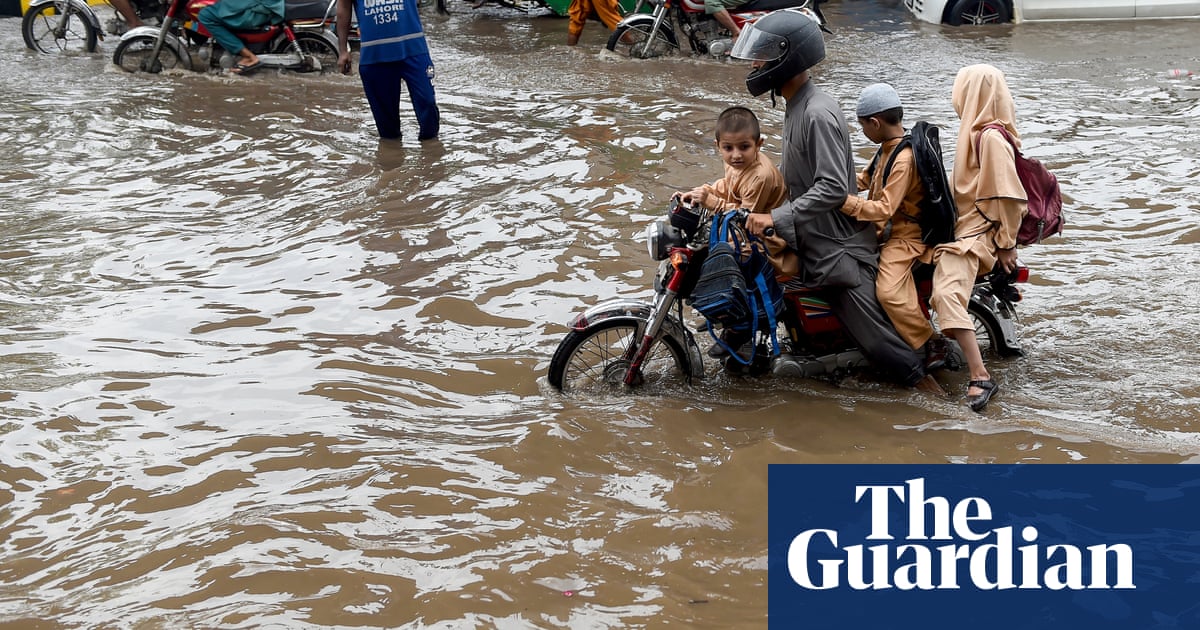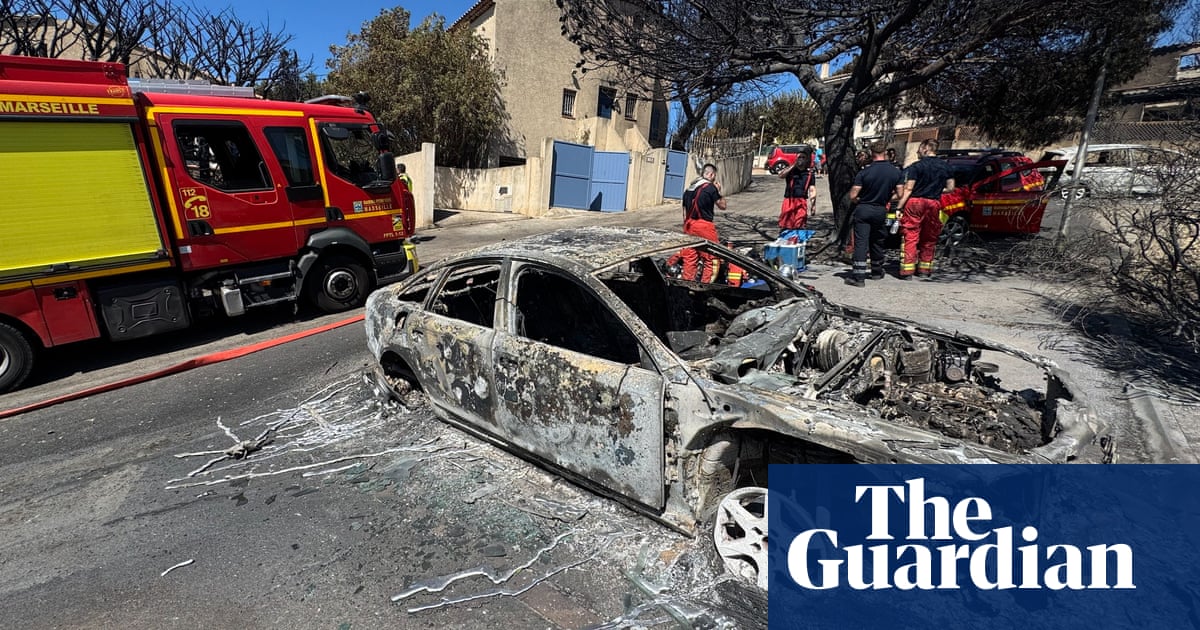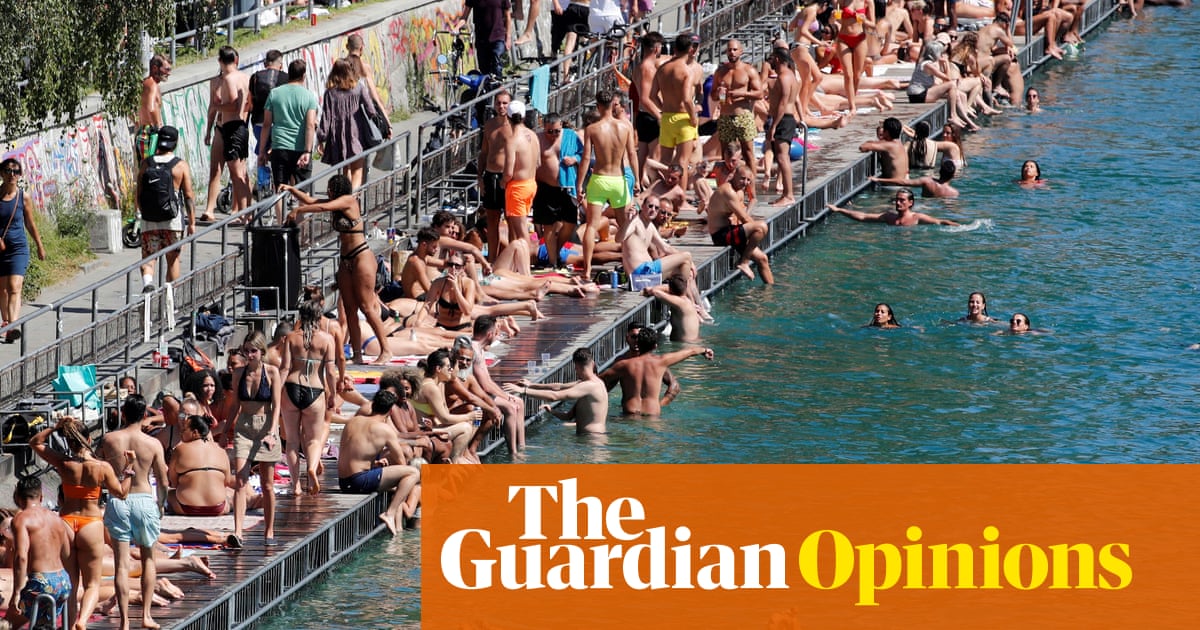PROTECT YOUR DNA WITH QUANTUM TECHNOLOGY
Orgo-Life the new way to the future Advertising by AdpathwayAnother month has passed and so here is the updated Arctic sea ice volume graph as calculated by the Pan-Arctic Ice Ocean Modeling and Assimilation System (PIOMAS) at the Polar Science Center:
To quote Céline Dijon*: This is getting serious.
With a total drop of 7066 km3 for June 2019, this was only the second time - after 2012 - that the 7000 km3-mark had been breached. It was just enough to squeeze past 2017 and take the lead in the rankings, while leaving all other years - except for 2012 - in the dust. For instance, the difference with 2008 has grown to 5395 km3, which amounts to a decrease of 30% in just a little over 10 years. The difference with 2016 (member of the 'second lowest minimum' triumvirate, together with 2007 and 2011) went from 208 to 1384 km3. But 2012 is now hot on 2019's tail, only 248 km3 behind, while 2017 is still second with just 108 km3 more volume than 2019 (the difference was 2460 km3 in 2017's favour at the end of January).
Here's how the differences with previous years have evolved from last month:
Wipneus' version of the PIOMAS graph clearly shows how 2019 (red line) and 2012 (purple line) have started to move away from the other trend lines:
The anomaly trend line on the PIOMAS volume anomaly graph has continued to drop like a rock. It will be interesting to see if it can escape the grey bands of standard deviation:
There's also a continuation on the PIJAMAS front. Remember, PIJAMAS is an (imperfect) average thickness measure where we divide the PIOMAS volume numbers with JAXA sea ice extent numbers. As I noted last month, when extent drops steadily, but volume goes down faster, average thickness will decrease faster as well. 2019 continued to drop steadily during June and is now lowest on most charts even, but PIOMAS says volume dropped even faster, and so average thickness shows a massive decrease, even exceeding 2012: And this is corroborated by the Polar Science Centre average thickness graph:
If you want to know what this means or how it came about, I can highly recommend reading last week's blog post: June 2019, one hell of a month
The differences in thickness distribution with 2012 make everything doubly interesting. Those red zones are where the ice is thicker now than in 2012, according to PIOMAS, and they are bound to melt out. But the same can be said about the blue zones, where 2012 was thicker than it is now. Here's a visual representation of the differences with 2011 and 2012, that had the two lowest PIOMAS sea ice volume September minimums on record (hat-tip to Wippert):
I might be wrong, but I think that what we have seen at play during the second half of June, are the first signs of melting momentum making itself felt. I might be even more wrong, but I'm convinced that 2019 is assured of a top 3 spot when it hits the minimum in September, no matter what the weather does.
In fact, the only question on my mind right now, is: Can 2019 beat 2012? No, wait, I know it can. Allow me to rephrase. The only question on my mind right now, is: Will 2019 beat 2012?
-----
* I know it's Céline Dion, but I like to call her Dijon (as in mustard).





















 English (US) ·
English (US) ·  French (CA) ·
French (CA) ·